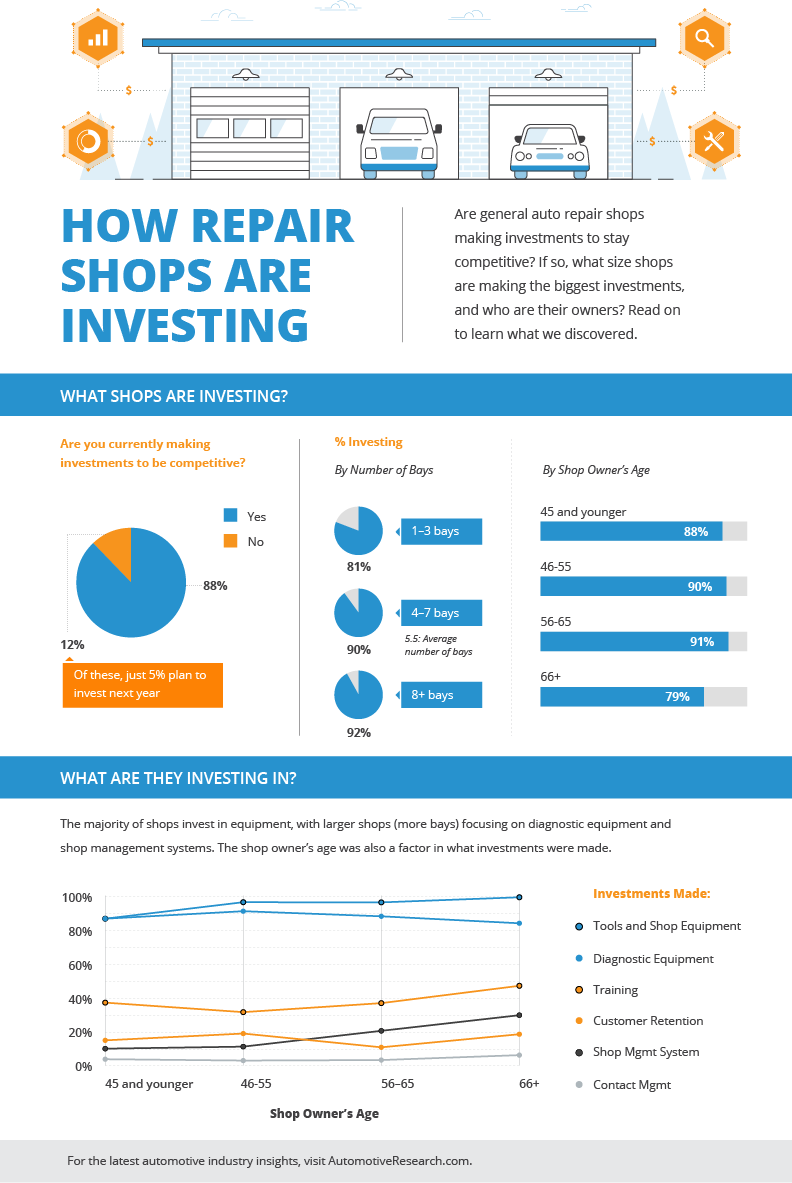Analyzing Your Auto'S Alert Lighting: Their True Effects
Analyzing Your Auto'S Alert Lighting: Their True Effects
Blog Article
Short Article Composed By-Higgins Corbett
When you're behind the wheel, those beautiful warning lights on your control panel can be a little bit complicated. Do you understand what they're trying to tell you about your automobile's health? Recognizing the significance of these lights is vital for your safety and the longevity of your vehicle. So, the next time one of those lights turns up, would not you wish to decipher its message properly and take the necessary actions to address it?
Common Caution Lights and Interpretations
Determine typical warning lights in your auto and understand their definitions to ensure risk-free driving.
The most typical caution lights include the check engine light, which signifies issues with the engine or exhausts system. If https://martinjezup.livebloggs.com/38430844/discover-just-how-environment-friendly-cars-and-truck-detailing-items-can-boost-your-automobile-s-shine-while-protecting-the-world-uncover-the-sustainable-choices-waiting-for-you begins, it's vital to have your car examined promptly.
The oil pressure advising light indicates low oil stress, needing immediate interest to stop engine damages.
A flashing battery light may recommend a malfunctioning billing system, possibly leaving you stranded otherwise dealt with.
The tire stress tracking system (TPMS) light signals you to reduced tire pressure, influencing lorry security and fuel effectiveness. Overlooking this might lead to harmful driving problems.
The abdominal light shows a problem with the anti-lock braking system, compromising your ability to quit promptly in emergency situations.
Finally, the coolant temperature alerting light warns of engine overheating, which can cause severe damages otherwise dealt with quickly.
Comprehending carseatcleaning will assist you resolve problems without delay and preserve secure driving conditions.
Importance of Prompt Attention
Understanding the common caution lights in your cars and truck is only the initial step; the relevance of quickly attending to these cautions can not be emphasized sufficient to ensure your security when traveling.
When a warning light illuminates on your dashboard, it's your automobile's means of connecting a prospective concern that requires focus. Ignoring these warnings can lead to a lot more extreme troubles in the future, compromising your safety and possibly costing you much more in repairs.
Motivate interest to warning lights can stop break downs and crashes. For example, a flashing check engine light could suggest a misfire that, if left ignored, might cause damages to the catalytic converter. Resolving this quickly can save you from a costly repair service.
Similarly, a brake system cautioning light may indicate reduced brake liquid or worn brake pads, vital parts for your security when driving.
DIY Troubleshooting Tips
If you discover a warning light on your control panel, there are a couple of DIY fixing suggestions you can try before seeking specialist aid.
The initial step is to consult your automobile's guidebook to recognize what the specific warning light shows. Occasionally the problem can be as simple as a loosened gas cap triggering the check engine light. Tightening up https://front-brakes-and-rotors51738.thelateblog.com/32666197/exactly-how-mobile-auto-describing-solutions-can-save-you-time-and-money may deal with the trouble.
An additional usual concern is a low battery, which can cause various cautioning lights. Examining the battery connections for deterioration and ensuring they're secure may take care of the problem.
If a warning light persists, you can try resetting it by detaching the car's battery for a few mins and after that reconnecting it. Furthermore, checking your vehicle's liquid degrees, such as oil, coolant, and brake liquid, can aid fix alerting lights associated with these systems.
Conclusion
In conclusion, comprehending your auto's warning lights is crucial for keeping your automobile running smoothly and safely. By without delay addressing these signals and understanding what they suggest, you can prevent expensive fixings and prospective breakdowns.
Remember to consult your vehicle's guidebook for particular information on each alerting light and act as necessary to ensure a hassle-free driving experience.
Stay notified, remain safe on the road!
